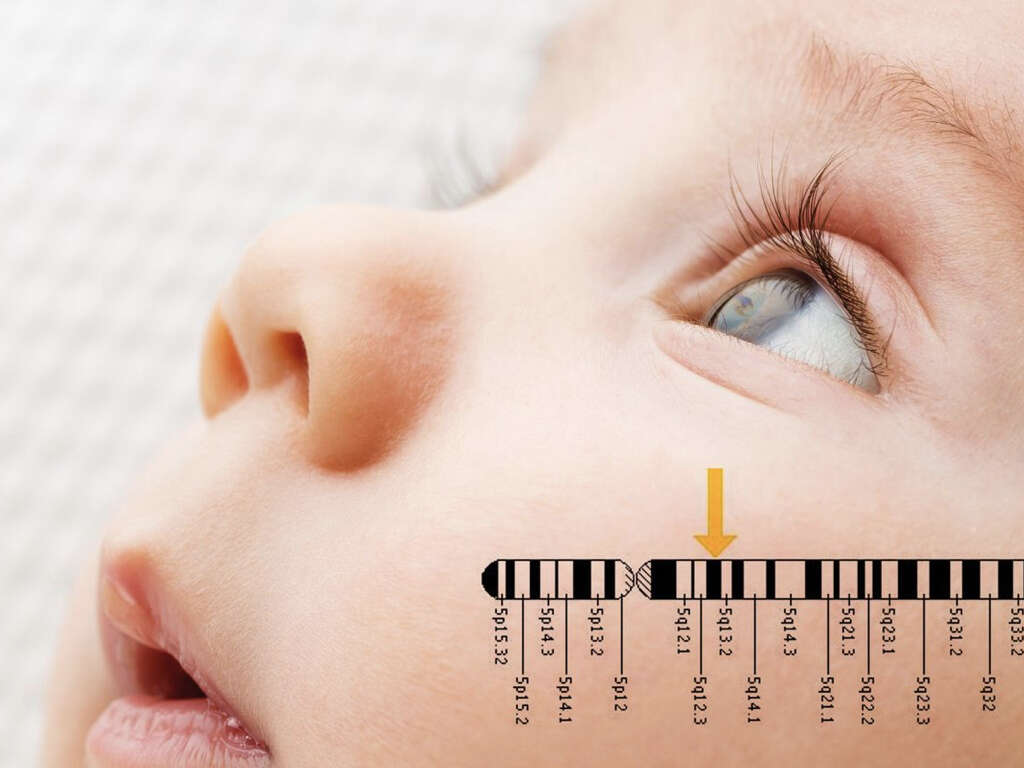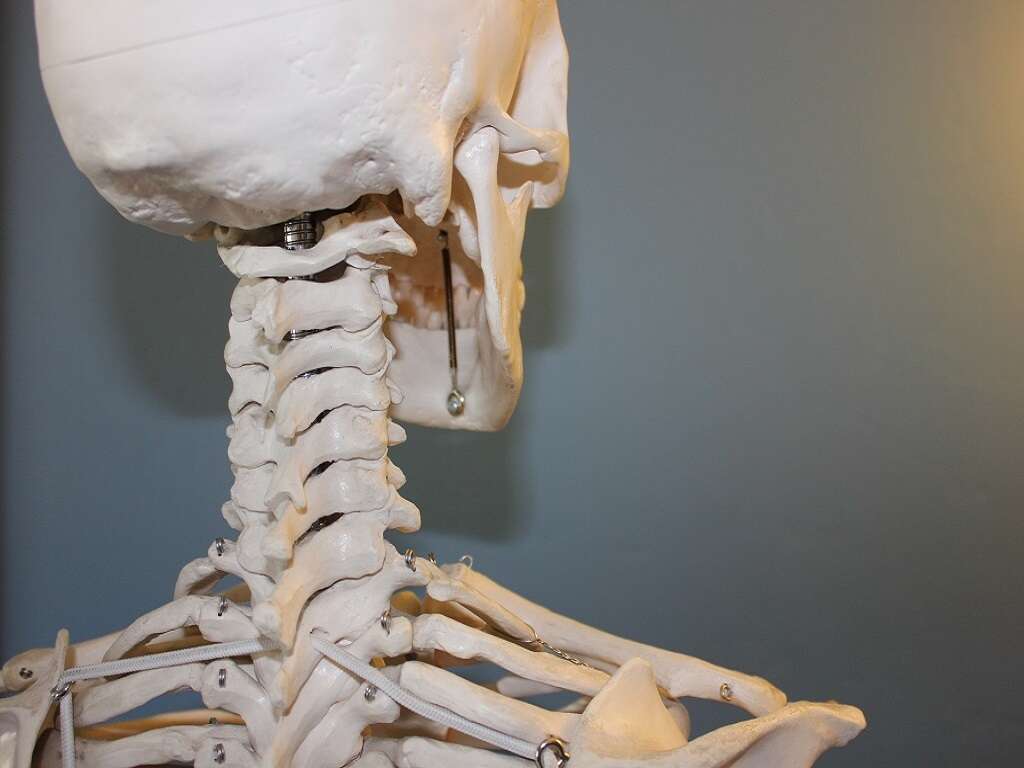What Is CJD?
A lot of people will find that their brains begin to lose function as they get older. Their memory can begin to fail and some people will also experience some far more severe symptoms. Degenerative brain disorders like Alzheimer’s disease can be devastating to entire families as the patient will often forget their families altogether at times.
Creutzfeldt-Jakob disease is a very rare variety of degenerative brain disorder. It is aggressive and will kill the patient considerably faster than most other similar disorders. There is no known cure or treatment for the condition, and those that have it only have a limited time to live.

1. vCJD
Creutzfeldt-Jakob disease belongs to a group of diseases known as transmissible spongiform encephalopathies. The symptoms that the disease causes resemble those caused by Alzheimer’s disease. The severity of the symptoms of CJD advance far more rapidly than they do with Alzheimer’s, however.
The disease is also known as mad cow disease. This is because the disease was initiated in some people after they ate beef from cows that had a bovine version of the disease. People cannot catch mad cow disease directly, but eating infected beef can cause people to develop a variety of CJD that is known as vCJD.
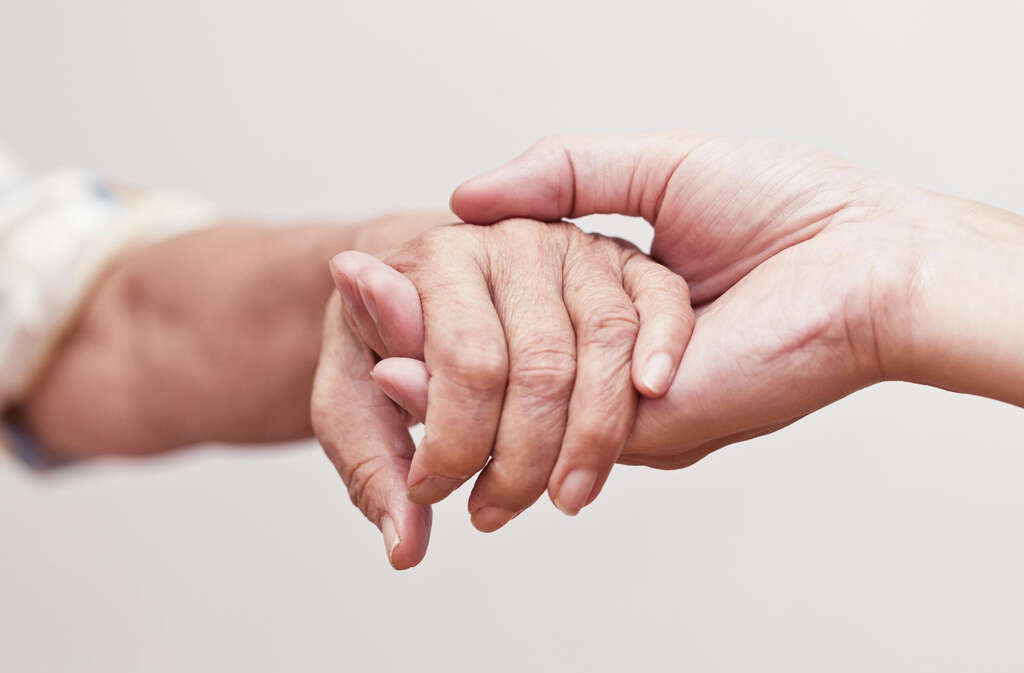
2. Sporadic CJD
The most common type of CJD is the sporadic type. This means that the disease has appeared from nowhere. Doctors are unable to tell where the condition came from and it appears as though the patient’s brain starts changing for no apparent reason. This makes it especially difficult to prevent people from catching the disease.
Another type is Iatrogenic CJD, which is similar to vCJD in that it happens through exposure to infected tissues. Only in this case, it is through exposure to the tissues of an infected human. Care is taken in hospitals to help prevent this from happening, but it can still be very difficult to eliminate completely.
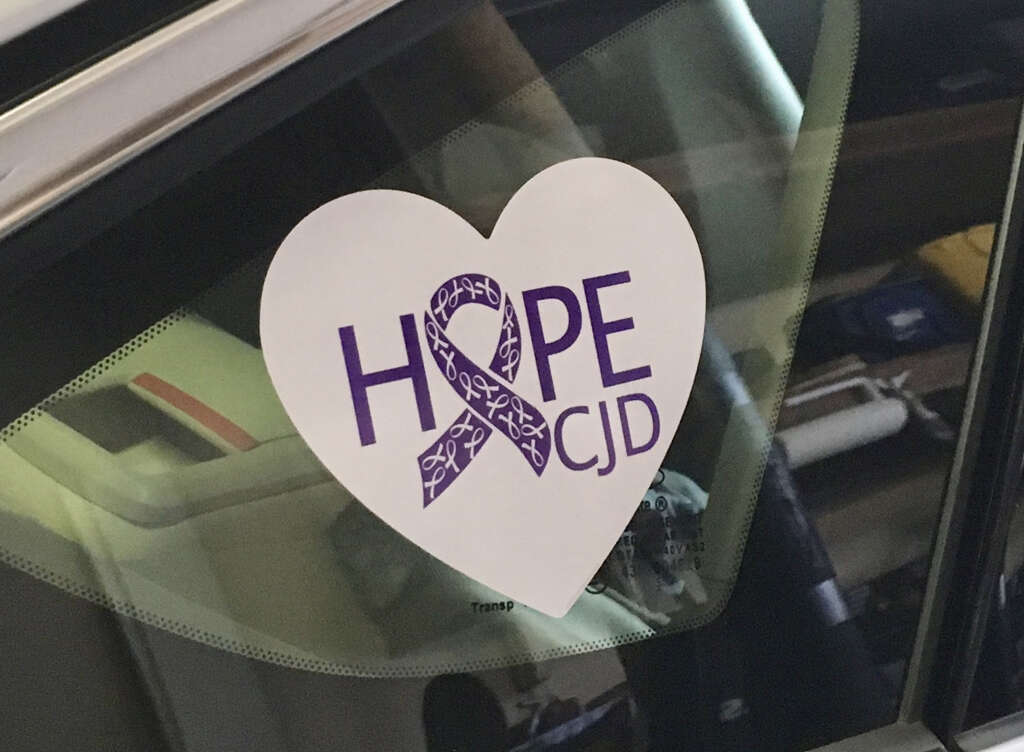
3. Causes
Creutzfeldt-Jakob disease is caused by prions. Prions are a type of protein that are misshapen and, when they come into contact with other proteins that are found in the brain, they can cause those proteins to become misshapen also. This will then begin to alter the structure of the affected brain.
The alteration of the shape of the proteins in this way causes ‘spongy’ holes to form in the brain. This, in turn, impacts the brain’s ability to perform as well as it should do. There are a number of ways that CJD can be transmitted, but very few people are every likely to be exposed to the disease.
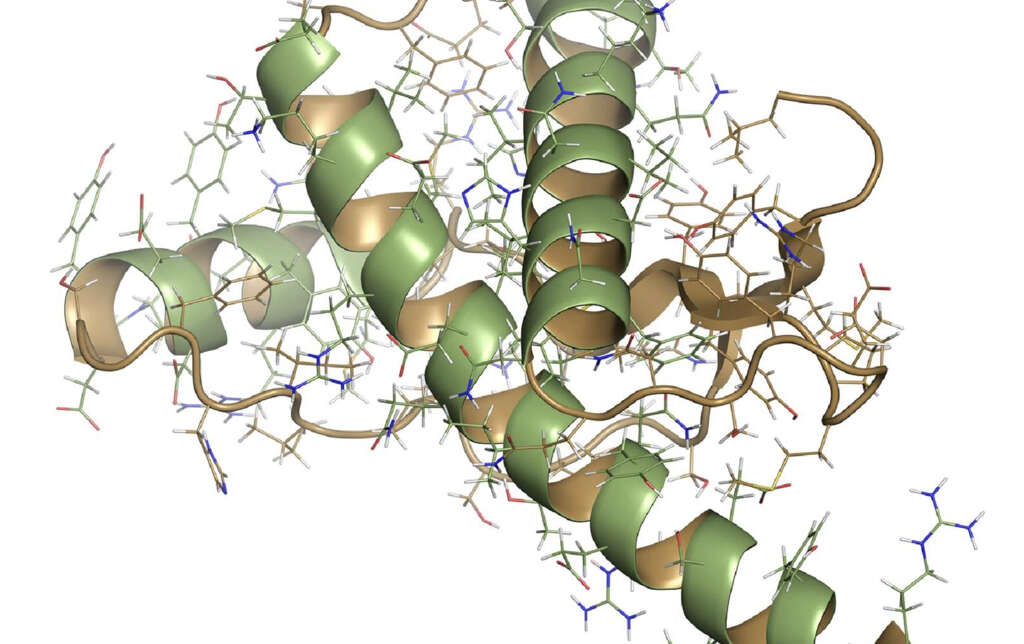
4. Transmission
CJD cannot be transmitted through contact with other people, or with contaminated bodily fluids. The conditions under which the disease can be spread are very rare, which is why the disease is so uncommon. In most cases, the reason why the patient develops CJD remains unexplained.
As mentioned, it is also possible to catch a variety of the disease from cattle, but this is extremely rare. It is also possible to catch the disease after coming into contact with infect human tissues. Most sterilization methods do not destroy prions, meaning somebody can catch the disease when undergoing medical procedures in hospitals and similar.

5. Symptoms
Creutzfeldt-Jakob disease will cause the patient to deteriorate mentally and, as mentioned, the onset can be very rapid. In many cases, it will be just a few months before the patient will succumb to the disease. Some of the symptoms of the disease include memory loss, difficulty thinking clearly, and difficulty sleeping.
The patient can also begin to undergo changes in their personality, while they can also become depressed and develop anxiety issues. Their sight can be impaired or they can become blind altogether. Patients will also sometime move in an erratic manner, and they can develop difficulties swallowing and difficulties speaking.

6. Complications
The symptoms already mentioned will progress to the point where they are severe. Patients with vCJD in particular will develop increasingly severe problems with their cognitive ability. Unfortunately, the worst is yet to come and many patients will slip into a coma.
As the brain continues to lose its abilities, so other organs in the body will also be affected. Respiratory failure and heart failure are common, and the patient will become more prone to infections like pneumonia. Within 12 months or so of having contracted CJD, the patient will die. It takes a little longer for those with vCJD to die.

7. Who’s at Risk?
The exact cause of CJD is not identified in the majority of cases, and this makes it difficult to tell exactly who might be at risk of catching the disease. It has been possible to draw a correlation between CJD and some other factors, however. One of these is age, and most people with the disease will be more than 60 years old.
There is also familial CJD, which is caused by a genetic mutation. This variety will tend to start in people in their late 20s. People that are more likely to be exposed to contaminated tissue are also more likely to contract the disease.

8. Prevention
As sporadic CJD most appears for reasons that cannot be explained – there is no way of preventing it from happening. Iatrogenic CJD is caught from being exposed to infected tissues, and steps can be taken to prevent this. This mainly involves using certain equipment once only, and using synthetic materials rather than human or cattle tissues.
The chances of catching CJD from eating beef are also so small that the risk is negligible. If there is a history of CJD in the family then it would be wise to speak with an expert if you are considering having children. They will be able to explain the risks associated should you choose to start a family.

9. Diagnosis
CJD will often be mistaken for another degenerative disease like Parkinson’s at first. However, an initial diagnosis of CJD can be reached with some tests and a look into the patient’s personal and medical history. These tests will often include a spinal tap, which analyzes the fluid that helps to protect the spinal cord and brain. Discovering a certain protein in this fluid will confirm CJD.
Other tests include an MRI, which helps to get an image of the patient’s brain. An EEG may also be used. This involves attaching electrodes the patient’s head, and these electrodes will help to measure electrical activity in the brain.
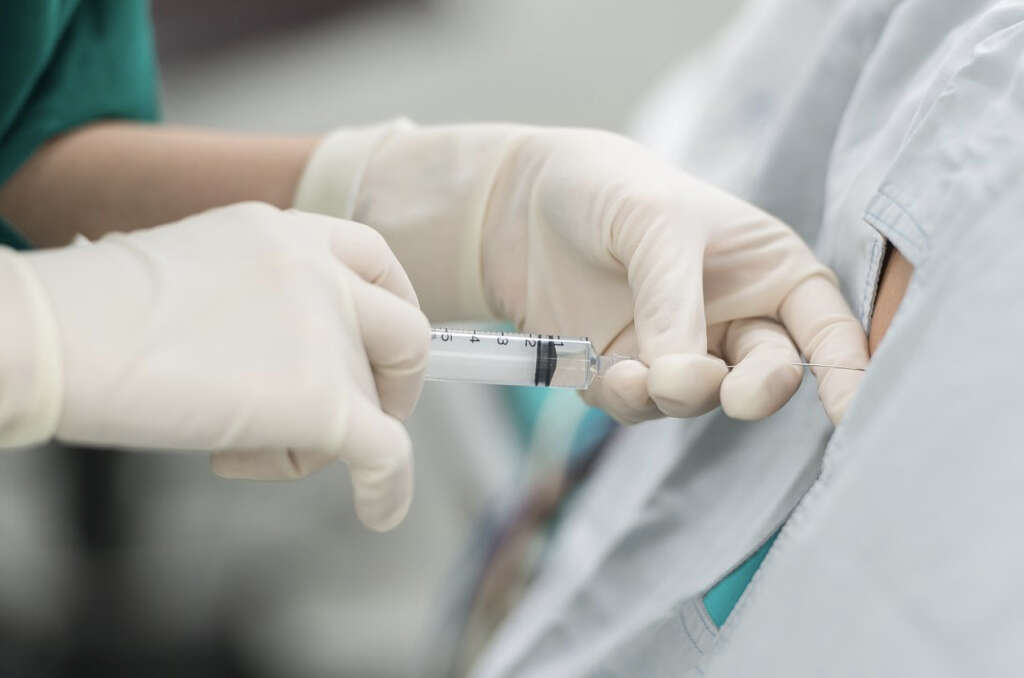
10. Treatment
As things stand, there is no cure and no treatment for any variant of Creutzfeldt-Jakob disease. Contracting the disease will be fatal in all cases, regardless of which variety the patient has. Instead, the patient will be provided with palliative care.
Palliative care means that the patient is treated for pain and other negative side-effects they may be experiencing. This will help to make the patient feel as comfortable as possible for the remainder of their life. Much of their time can be spent at home with their family, although it is likely they will need to be hospitalized toward the end of their time.





